The best universities in Estonia have not only produced many smart people, but also smart products and useful tools.*
The University of Tartu is now among the top two per cent of the world’s universities, and the highest ranked in the Baltic states. Similarly, the Tallinn University of Technology, whose alumni include world-class startup entrepreneurs, has ranked among the 500 best universities in the world. The University of Life Sciences is one of top 100 universities in the world in the field of agriculture and forestry, as ranked by Quacquarelli Symonds (QS). Estonian World brings you ten useful tools or products that have been developed so far in these three universities, in no particular order.
Lactobacillus fermentum ME -3
In 1995, University of Tartu research teams, led by professors Marika Mikelsaar and Mihkel Zilmer, discovered the lactobacillus fermentum ME-3 bacteria, which can rightfully be called the first Estonian probiotic lactic acid bacteria. Moreover, they are unique in the whole world because of their combination of antimicrobial and antioxidative effects. They protect human health by attacking harmful microbes and contribute to our physical well-being in several ways as well.
The ME-3 made its wider public appearance in 2003, when a product line bearing the trademark Hellus was brought into the Estonian market by the dairy producer Tere. The product line included yoghurts, sweet cottage cheese blends and kefir (buttermilk) enriched with the beneficial bacteria.
Subsequently, the ME-3 bacteria caught the interest of manufacturers of leaven, food and food supplements in Estonia, Finland, Denmark, France, Italy, United States, Canada, Australia, New Zealand, South Korea, India, Taiwan and China. The European patent permits the bacteria to be used in the food industry in 15 European countries. Follow up patent application for additional properties is pending in 11 other countries.
The bacterium strain is the subject of research and development projects in several countries, for example, in Italy, Brazil, France, Spain, India and Hungary, and is also studied as part of several European cooperation projects. For their work on the bacteria, the UT research team have been awarded several prestigious prizes and research awards.
The wave energy converter
Two students from the Tallinn University of Technology, Nikon Vidjajev and Jan Terentjev, have created a wave energy converter with a power output comparable to an off-shore wind turbine, but tapping a different energy source.
Wave power is distinct from the diurnal flux of tidal power and the steady gyre of ocean currents. Although, there have been attempts to use the wave-power generation since at least 1890, it is not currently a widely employed commercial technology. Vidjajev and Terentjev, who have now also founded a company called Lainergy, attempt to change this with a device called NextWave.
An estimated 0.1% of the energy in the world’s oceans could be capable of supplying the earth’s energy needs five times over. Wave power is renewable, green, pollution-free and environmentally invisible. The key challenge to unlock this opportunity is to develop a device that is not only durable and effective, but also cost efficient. So far, wave energy converters have been too large and costly compared with their energy output, which has prevented commercial applications.
The Lainergy device first absorbs energy from ocean waves; the linear motion power is then transmitted to a flywheel connected to a pair of generators, providing power absorption and temporary energy storage for power smoothing. This technology was adapted for a vessel that could be placed in any open waters, and stationed using a system of anchors. The resulting device offers many advantages, such as the option to move the device at any time, due to the lack of permanent tethering to the seafloor.
The solution has already won numerous innovation awards across Europe and companies from the UK, Indonesia, the Netherlands and Malta have expressed interest to buy 200 of the devices. Locations with the most potential for wave power include the western seaboard of Europe, the northern coast of the UK, and the Pacific coastlines of North and South America, Southern Africa, Australia, and New Zealand.
Smart glass
The scientists at the University of Tartu created a glass surface that can be rendered opaque at the flick of a button, allowing it to be used as window shades.
The secret of the creation lies in a special spray-on gel, which after encountering the glass surface forms a five to ten micrometre coat. Upon encountering an electric field, the gel changes its optical properties.
The glass can be used in the construction of office buildings and shopping malls. Currently, it has already found a limited use at the round-shaped Tallinn TV tower.
The robot fish/turtle
The robot fish
The EU funded European research project, based at the Tallinn University of Technology, built an electronic version of lateral line sensing on an underwater fish robot called FILOSE (Robotic FIsh LOcomotion and SEnsing).
All fish have this sensing organ, but until this robot, it had no technological counterpart on man-made underwater vehicles. Unlike any other animal, the fish have a special sense that allows them to determine the speed and direction of currents, helps them hover in place and even swim upstream. Known as lateral line sensing, it also helps fish find the underwater “sweet spots” to catch food that may be tumbling down the river.
Around the world, underwater vehicles have been deployed for several decades to track pollution, inspect ships hulls for damage, and for surveillance. But their big drawback is limited battery life. FILOSE’s purpose was to find a way to allow vehicles to travel more efficiently through the water like a fish, saving time and battery life.
The fish robot took four years to build. The engineers made it to mimic the geometry and shape of a rainbow trout; about 20 inches (50 cm) long. To create artificial lateral line sensing, the team developed tiny electronic sensors to monitor pressure differences in the water flowing around it. The aim was to understand how fish detect and exploit flow features, and of developing efficient underwater robots based on biological principles.
The robot turtle
The underwater robot called u-CAT, a highly manoeuvrable robot turtle, was designed by the scientists from the Centre for Biorobotics of the Tallinn University of Technology, with a purpose to penetrate shipwrecks.
The u-CAT’s locomotion principle is similar to sea turtles. Independently driven four flippers make the robot highly manoeuvrable – it can swim forward and backward, up and down and turn on spot in all directions. Manoeuvrability is a desirable feature when inspecting confined spaces such as shipwrecks. The robot carries an onboard camera and the video footage can be later used to reconstruct the underwater site.
Underwater robots are nowadays mostly exploited in the oil and gas industry and in defence. These robots are too big and also too expensive to be used for diving inside wrecks. Shipwrecks are currently explored by divers, but this is an expensive and time-consuming procedure and often too dangerous for the divers to undertake. The u-CAT is designed with the purpose of offering an affordable alternative to human divers.
The u-CAT is specifically designed to meet the end-user requirements. Conventional underwater robots use propellers for locomotion. U-CAT’s fin propulsors can drive the robot in all directions without disturbing water and beating up silt from the bottom, which would decrease visibility inside the shipwreck.
The Mars house
In 2013, five countries – Estonia, France, Austria, Belgium and the Czech Republic – collaborated to build the Mars house in the framework of the international project, called Self-Deployable Habitat for Extreme Environments (SHEE).
The goal of the project was to develop an autonomous capsule from carbon-fibre and aluminium that can self-deploy in places where traditional construction methods are out of the question due to lack of infrastructure, tools, or the safety risks and costs involved. It is very likely that it will be used in future space related experiments.
Researchers of the University of Tartu Institute of Technology were responsible for designing the robotics and energy systems of the self-erecting house and building the body of the house.
In its packed form the house is a six metres long and 2.4 metres (19.7 by 7.9 foot) wide box, which weighs 6,000 kilograms (13,200 lbs) and fits on the trailer of a large truck. In a typical mission scenario, the construction can house two people for at least two weeks. The building has all the necessary rooms and its design resembles a classical home: sleeping area, kitchen, bathroom, toilet and work rooms.
The Mars house is also well-suited to use on Earth in disaster areas or in extreme conditions during research work.
Kidney phantom
The precise hand-to-eye coordination displayed by physicians in the field of interventional radiology and urology take years of continuous practice to master and it is currently widely accepted for new trainees to immediately start training on real patients to achieve such expertise.
The three Estonian scientists from the Tallinn University of Technology believe that although practicing on patients is to be expected eventually, costly mistakes made by inexperienced operators can be minimised by training on high fidelity simulation models. Hence, they developed an affordable yet detailed 3D-replica of a human kidney suitable for such simulation training to allow learning without compromising patient safety.
The kidney phantom and the tissue mimicking materials surrounding it are made from a variety of in-house developed gelatin mixtures that closely imitate human tissue consistency and elastic properties. To offer likelife simulation conditions, the kidney phantom is suspended in muscle tissue-mimicking gelatin covered by peelable opaque artificial skin layer. The 3D-shape of the kidney phantom is made using reconstructed real patients’computed tomography reference images.
Intervention technique for driving instructors
An intervention technique developed by the psychologists and healthcare scientists of the University of Tartu aims to reduce the impulsive behaviour of beginner drivers in traffic.
The idea is to teach people to be conscious of the dangers of making spur-of-the-moment decisions, such as making a dangerous manoeuvre which often has severe consequences.
The intervention technique, which has been used by driving instructors of the Mercedes Benz Driving Academy in the US and Canada, involves training with the focus on the future driver’s character traits that may cause excessive risk behaviour in traffic.
The University of Tartu working group has researched people’s behaviour in traffic since 2001. To evaluate people’s risk behaviour, several nurses, doctoral candidates and master’s students collected biosamples in driving schools of Tallinn and Tartu, hence the contribution of students to the research on traffic behaviour was also very significant.
Photobioreactor
The Estonian University of Life Sciences has patented a photobioreactor that utilises a light source to cultivate phototropic microalgae. The latter uses photosynthesis to generate biomass from light and carbon dioxide. The photobioreactor allows much higher growth rates and purity levels than anywhere in nature or habitats similar to nature because within its artificial environment, the conditions are carefully controlled.
The researchers at the university hope the cultivation of microalgae will ultimately result in many practical outcomes.
First, it should enable to refine the chimney gas from carbon dioxide so effectively that major energy producers and consumers would not emit the greenhouse gases in the environment anymore. “This would allow even our oil shale consumption to become somewhat greener,” Timo Kikas, a professor at the university, says.
The second output would be the separation of essential substances from the algal biomass, such as omega fatty acids, which are used as a dietary supplement as well as raw material in the beauty and pharmaceutical industry.
The third added benefit is the algal oil, out of which one could be able to produce biodiesel, for example. “Biodiesel is essentially used in most of today’s diesel engines without any special modification,” Kikas explains.
And finally, it is possible to still use residual algal biomass to produce biogas, which in turn could be easily used to fuel power stations and thus partially replace fossil fuels with the renewable energy.
The university’s photobioreactor is a simple structure in which the use of light and the control is carried out as efficiently as possible. The machine, thanks to its design, is also very easily scalable to industrial size, which allows for a shelf stacked reactors. It is also possible to remotely monitor the reactor, enabling the entire algal park distance control.
ESTCube satellite
Estonia conducted its first space mission in April 2013, when a tiny one-kilogramme (two-pound) satellite, called ESTCube-1, was rocketed off to orbit the Earth from the European Space Agency’s launch site in French Guyana. ESTCube travelled 680 kilometres (423 miles) from Earth, where it tested solar sail technology, which the scientists believe may allow space travellers one day to move faster and across greater distances.
Around 100 students and scientists contributed to creation of the satellite, which was nearly six years in the making. Developed in cooperation with the University of Tartu, the Tartu Observatory and other research institutions, the project yielded 29 bachelor’s and 19 master’s dissertations, five doctoral theses, four start-ups, and was the basis of 17 research articles, as well as 53 presentations.
Estonia’s first satellite also took images of such excellent quality that the Tartu-based researchers are getting their first orders from the space industry. Accordingly, in January 2017, the first custom-made space camera, using the Estonian technology, was mounted to the students’ satellite of the European Space Agency.
Meanwhile, the ESTCube team is currently working on the orbiting of the renewed ESTCube-2 in 2018, and launching of ESTCube-3 to the Moon’s orbit in future.
Fits.me robots
With a help from the Tallinn University of Technology and the University of Tartu, two Estonian entrepreneurs found a way to produce a robot in Estonia that rather than just moving its arms, actually changes its body shape.
The Fits.me story began in 2009 when the Estonian entrepreneur, Heikki Haldre, got less and less time to go for fashion shopping and became a more avid online shopper. The problem he found, though, was that it wasn’t that easy to find a perfectly fitted shirt or suit when buying online – an issue made more complicated by the fact that the meaning of small and large size can be light years apart in different countries and continents. Hence he and Fits.me cofounder Paul Pallin came up with an idea to invent a new solution – to find out perfect fit by creating and using specially modified robots which can change their body shape.
With development from Maarja Kruusmaa, a professor of biorobotics at the Tallinn University of Technology, the laboratory of intelligent materials and systems at the University of Tartu, and Europe’s largest body scanning and anthropometry research company, Human Solutions GmbH in Germany, a new kind of robot was born – named “Fitbot” by Fits.me entrepreneurs.
In 2015, Rakuten, a Japanese ecommerce and internet company, acquired a 100% stake in the company.
I
This article is published in collaboration with Study in Estonia. Cover: Estonia’s first satellite, ESTCube-1. * Please note that this article was originally published on 7 April 2017 and lightly edited on 18 May 2018.

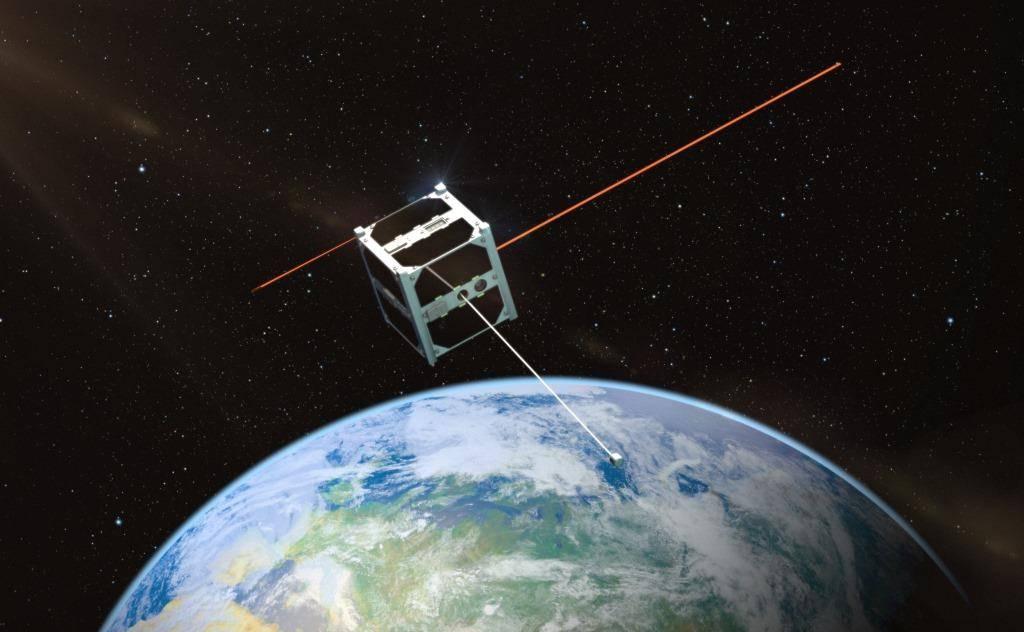
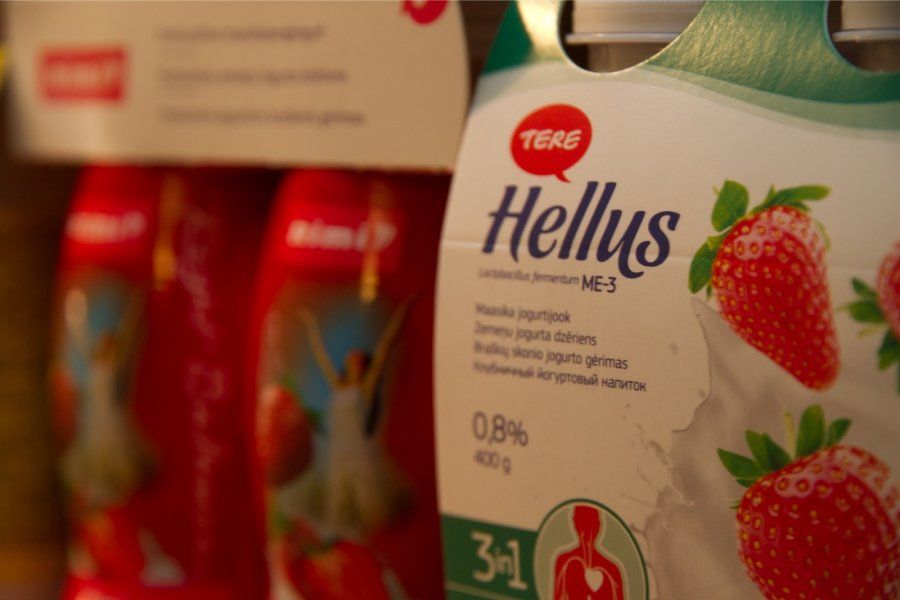

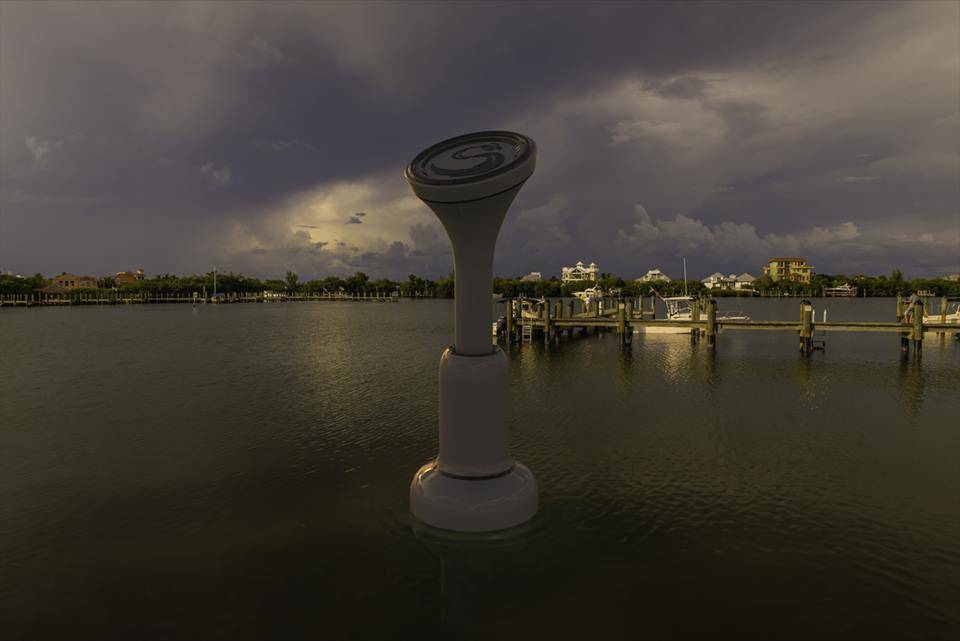
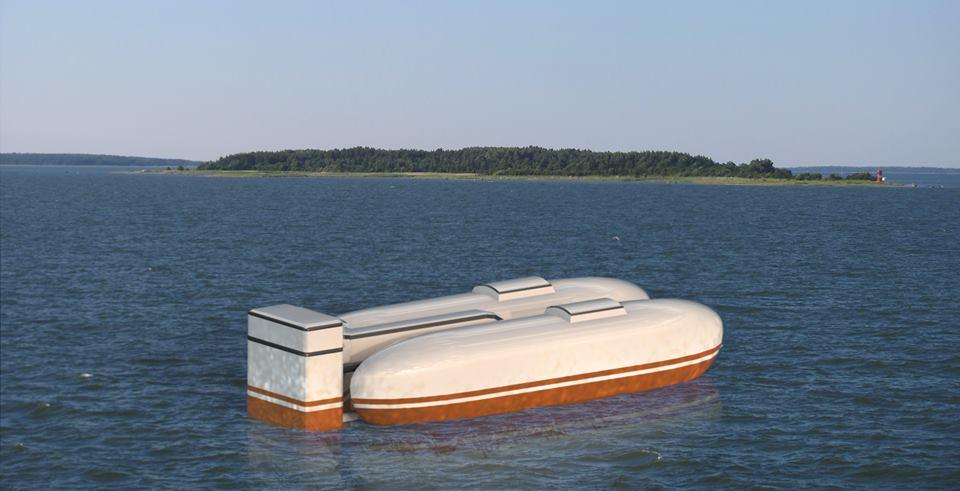

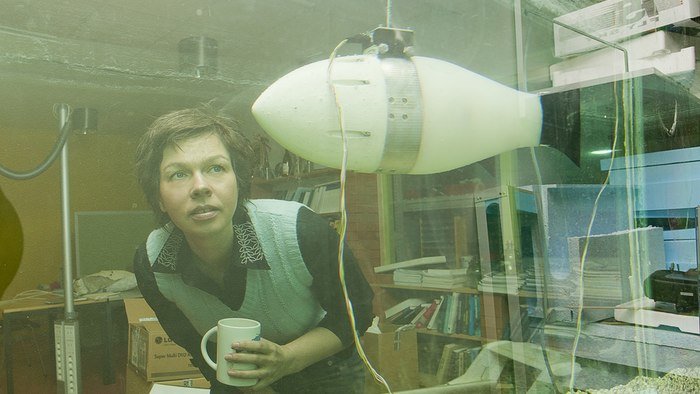
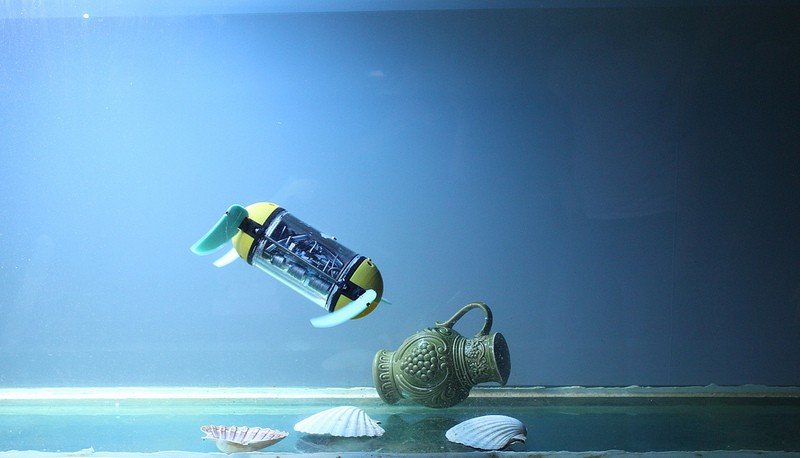
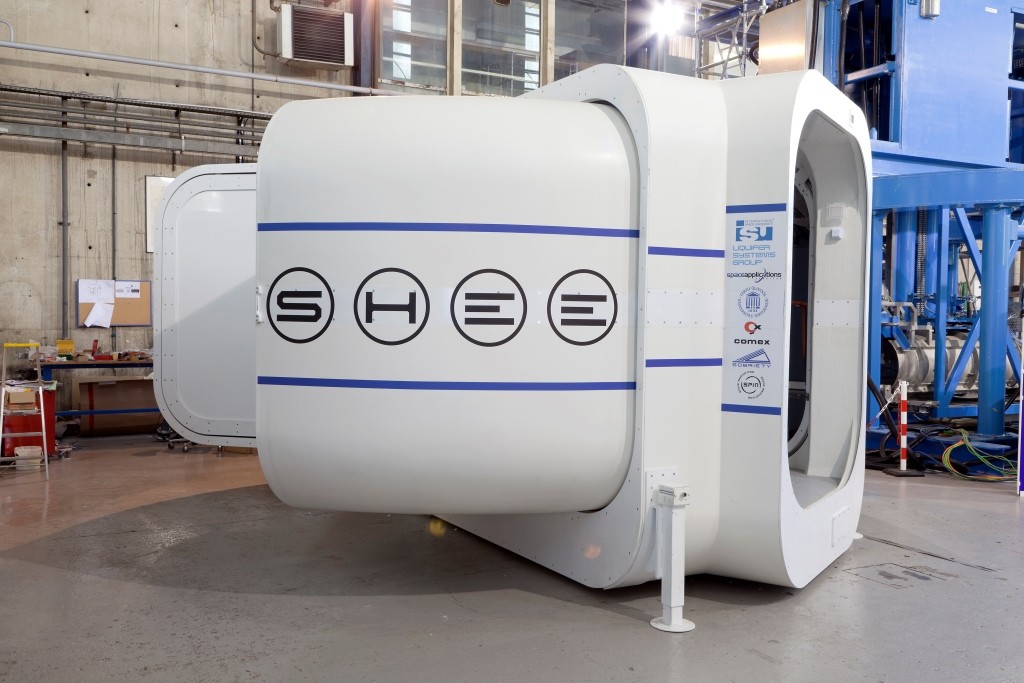

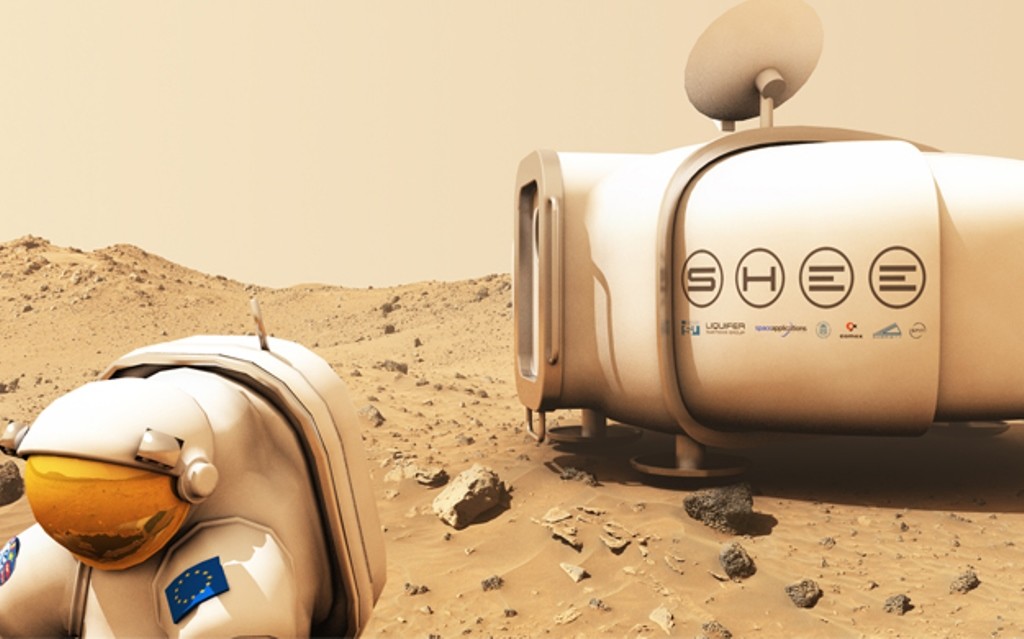

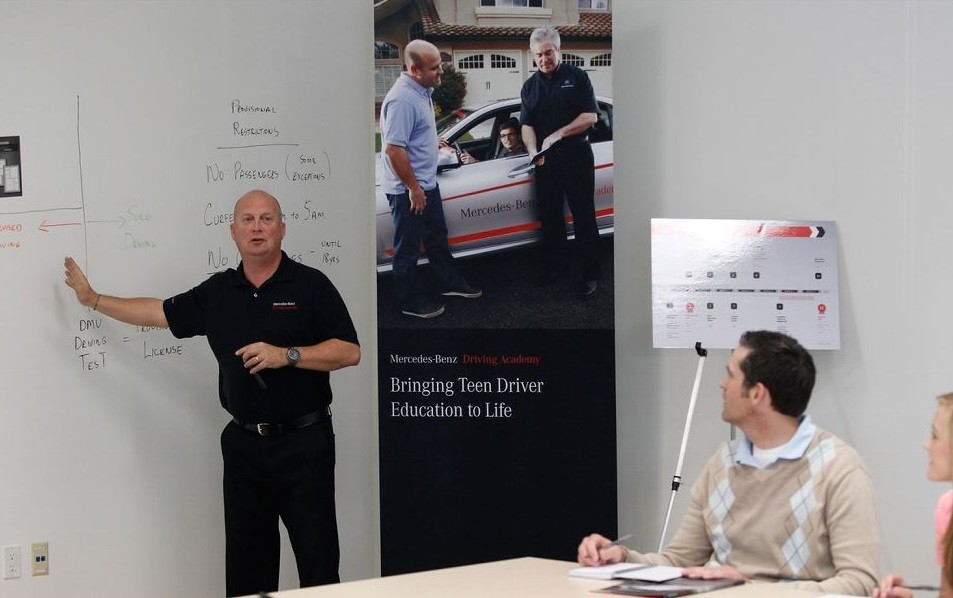


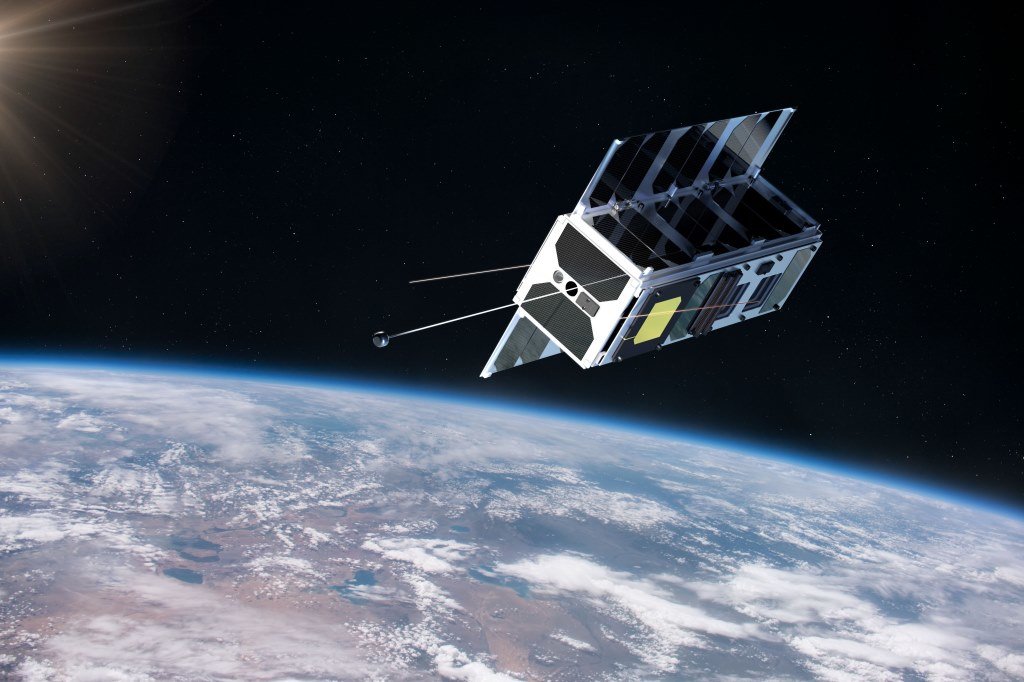

paljun õnne eesti 🙂
NIce story 🙂 Mine is here http://www.estinventor.com/estonian-inventions/